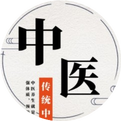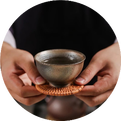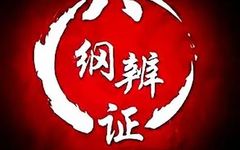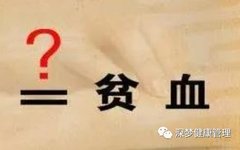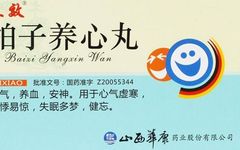How to Differentiate Between Blood Deficiency, Blood Stasis, Blood Cold, and Blood Heat
1. Blood Deficiency: The focus of nourishing blood is to regulate the spleen. Symptoms of Blood Deficiency: Symptoms include pale complexion, lack of color, sensitivity to heat in summer, sensitivity to cold in winter, palpitations, dizziness, and insomnia. Dietary therapy for Blood Deficiency: Angelica and Astragalus Tea (Dang Gui Huang Qi Cha) Preparation: Use a … Read more

